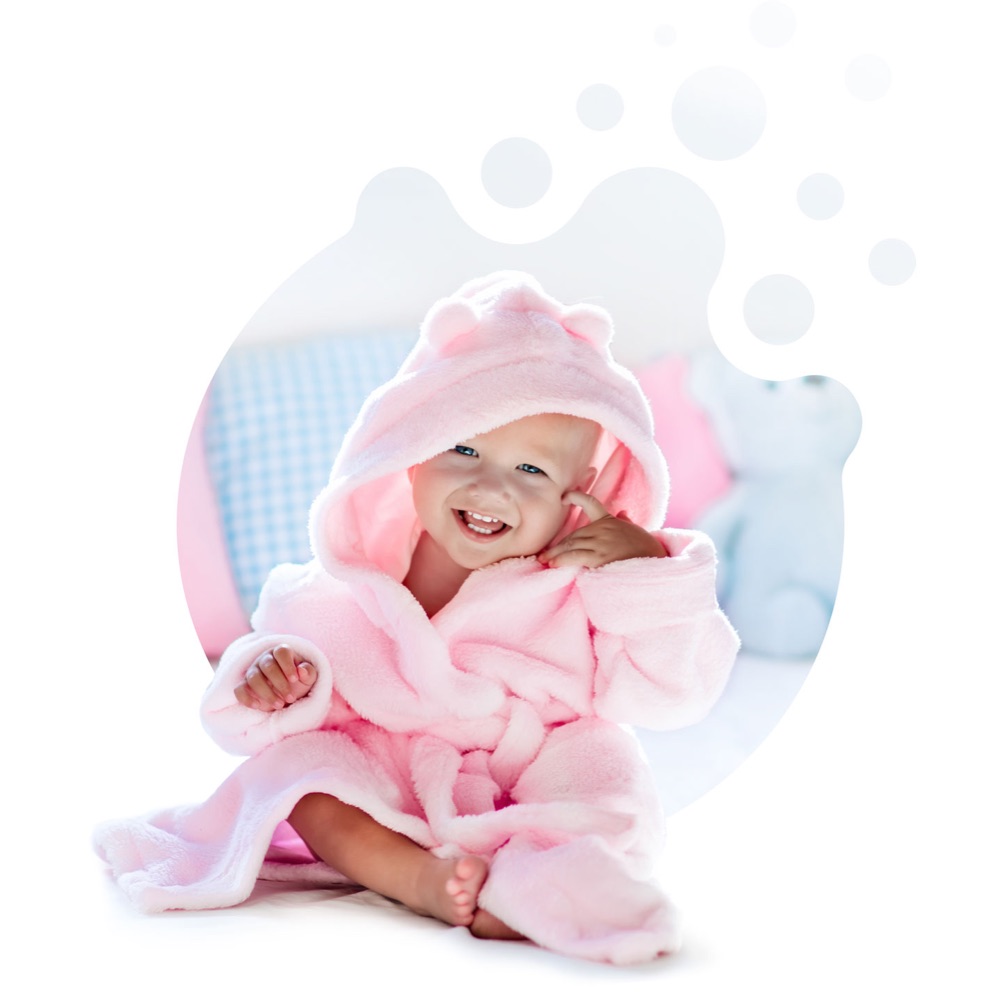Discover why washing with BRYZO is an act of love
The sensitive skin of children is very delicate and absorbs the chemical agents present in the environment much more quickly than that of an adult. Normal detergents can cause dermatitis or irritation to a newborn’s skin as they are too aggressive in their chemical composition often aimed only for the cleaning action (just look at the advertisements that only emphasize this aspect).
Furthermore, newborns and infants , for a physiological factor, approach and perceive everything with their mouths , which becomes the main means for impurities and bacteria .
Bryzo is the revolutionary Active Oxygen and Silver Ion washing system that allows you to wash and sanitize linen without using chemicals , in a special and completely natural way.
Bryzo’s cutting-edge technology guarantees a global antibacterial and antifungal effect on your laundry, at low temperature and without leaving any chemical residue. With Bryzo you will naturally always have the assurance of a clean and sanitized laundry. Because clothes are his second skin.
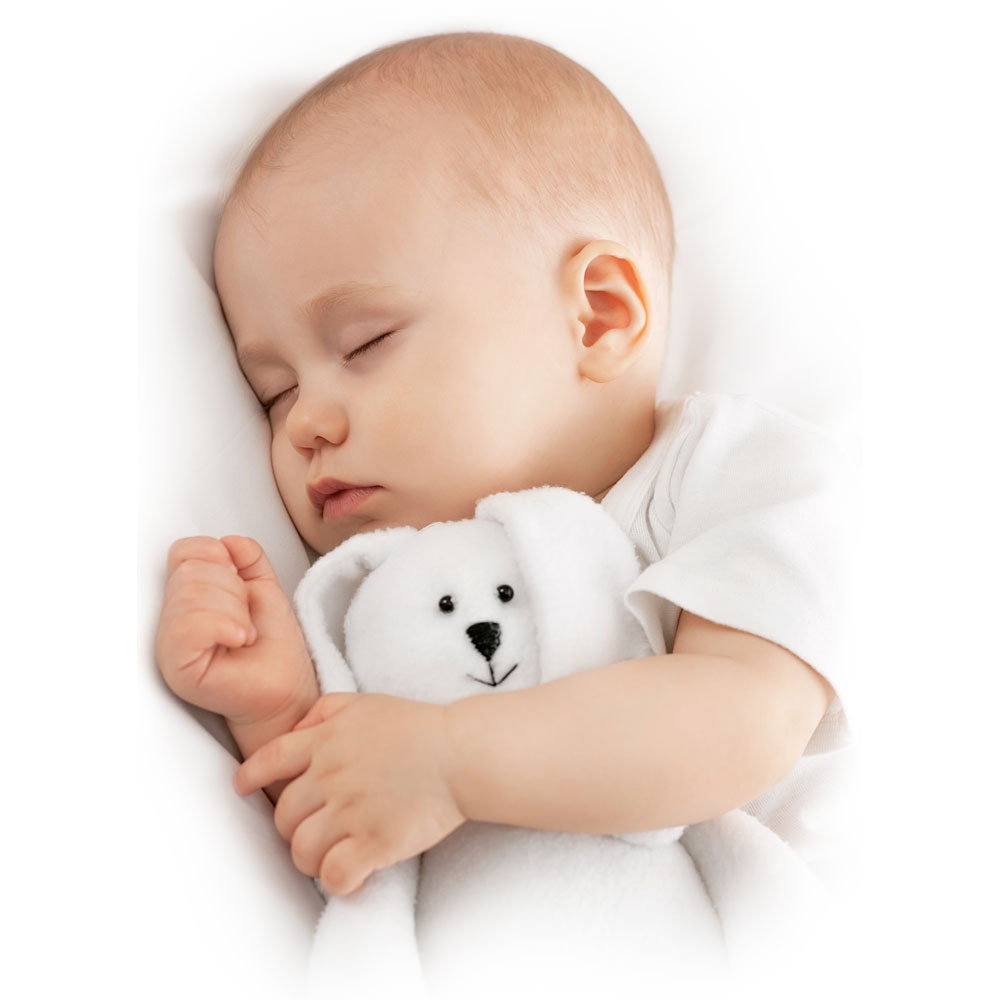
THE WASH
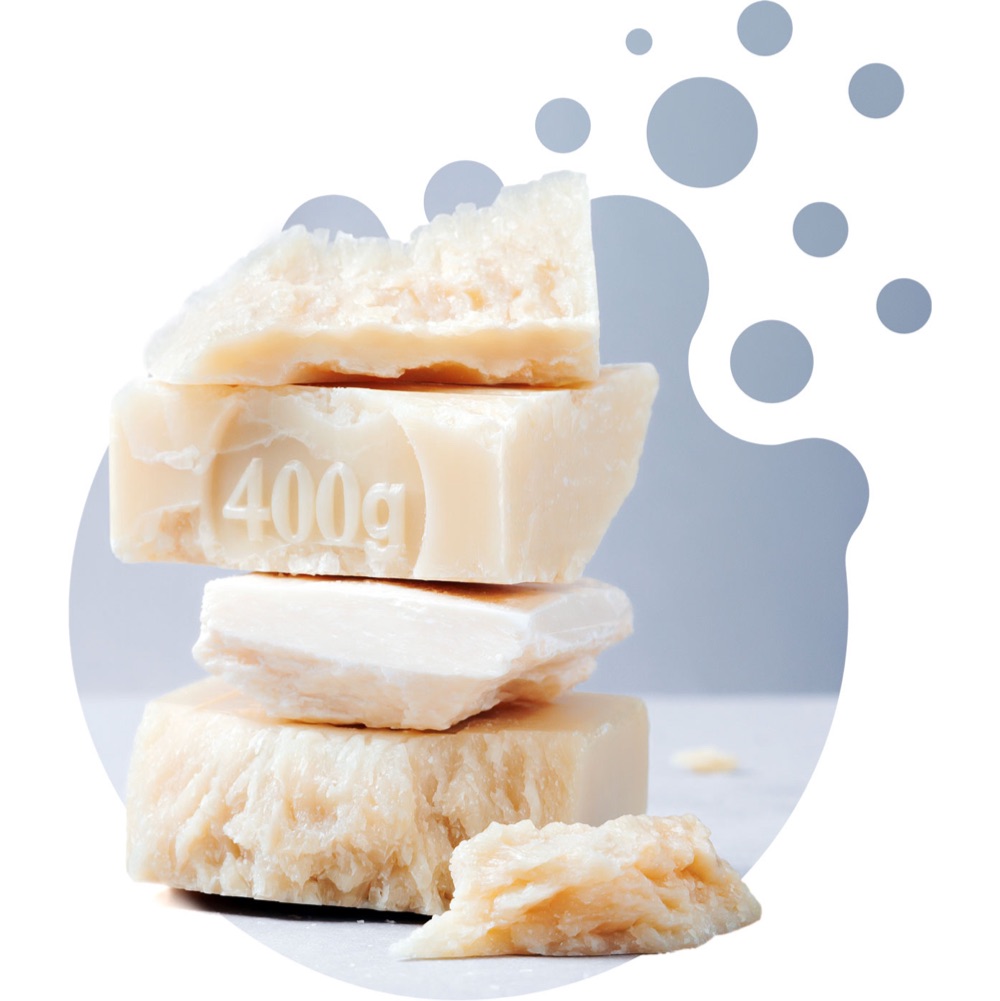
Yesterday – From natural remedies to soap
In the past , natural remedies were used for washing laundry , such as white vinegar, Marseille soap, ash and baking soda : a laborious operation, which took up almost the whole day of a housewife. In fact, soap has been the only detergent used by man for centuries . We all know the famous “Marseille soap”, distributed throughout Europe through a road called the “soap route”.
However, yesterday’s soap, has nothing to do with the modern tensioactive-based detergents we use today.
Yesterday – From natural remedies to soap
In the past , natural remedies were used for washing laundry , such as white vinegar, Marseille soap, ash and baking soda : a laborious operation, which took up almost the whole day of a housewife. In fact, soap has been the only detergent used by man for centuries . We all know the famous “Marseille soap”, distributed throughout Europe through a road called the “soap route”.
However, yesterday’s soap, has nothing to do with the modern tensioactive-based detergents we use today.

Today – The impact of detergents on our health
The chemical soap, commonly known as the detergent, is a mixture of powdered or liquid chemicals formulated for the purpose of removing dirt from clothing.
The large-scale use of modern detergents begins after Second World War, creating major pollution problems as the formulation is not, unlike soap, biodegradable.
There are about 900 varieties of components used for the production of detergents, many of which are considered dangerous for the environment and above all for health, both for the people who use them and for those who live inside homes. The chemical additives that are added to the normal detergent to sanitize the linen often contain Chlorine, aggressive surfactants and bleaches that release residues on the fabrics and, consequently, also on the skin.
An action as simple as doing laundry on average entails the presence of about 12 different products stored: chemical detergents for washing in the washing machine, for hand washing, for delicate items, for colored items, to have whites, to soften, to disinfect or sanitize. All these products have a common goal: to restore the cleaning and disinfection prior to using clothes and the linen. For this reason, in various combinations, we must add a real chemical contribution on all our laundry with results that sometimes are not what they appear.
The washing of the laundry , in general, is a very important step for the health of our domestic environment. Often, however, we underestimate this action without considering the detergent side effects in chemical cleansing.
Furthermore, among the reasons for concern, just think about that 90% of the poisonings occur at home and 44% of the cases, affect children under 5 years .
Tensioactives
The tensioactives guarantee the washing power of the detergent: they are the main ingredients and their particular chemical structure allows to dissolve dirt and stains, especially those of grease . Pollution from tensioactives mainly concern the aquifers, where they eliminate the discharges: they are responsible for the bioaccumulation phenomena along the food chain and when they degrade, they can lead to the formation of very harmful substances, such as benzene and phenol.
Optical brighteners
Optical brighteners do not remove dirt but blur the stain, obscuring it. Therefore, even if we see a satisfactory result, in reality it is only a visual perception. Optical brighteners are also known for easily inducing allergies, as they adhere tenaciously to fabrics and require four or more washes to eliminate them.
Softeners
Every fabric softener from the most delicate to the most fragrant, from the most effective to the cheapest, is the most toxic chemical component present in our homes. Its components are mainly esterquat, additives, perfumes, thickeners or pearls and dyes: these are highly polluting substances (additives, phosphates, pentane, limonene, benzyl acetate, artificial dyes) for the environment and harmful to health. They can trigger allergic reactions, asthma, dermatitis, especially in children and the most sensitive subjects, as well as damage the nervous system.
Chemical cleaners can cause allergic reactions:
- Allergic colds, inflammation of the connective tissues and asthma due to inhalation of detergent powders during the loading of the washing machine.
- Eczema and erythema, due to contact of detergents with the hands
- Contact dermatitis, due to the rubbing of the skin with linen whose fibers have detergent residues which are consequently released on the skin.
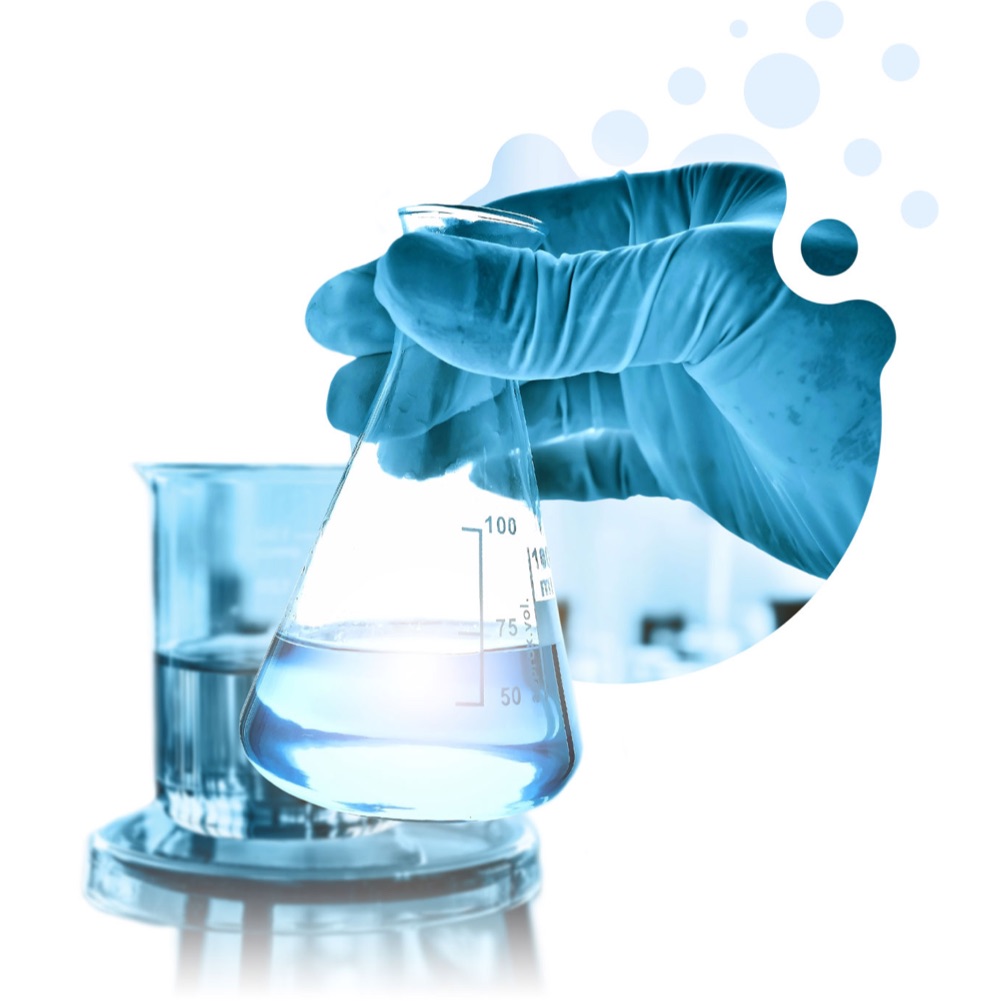
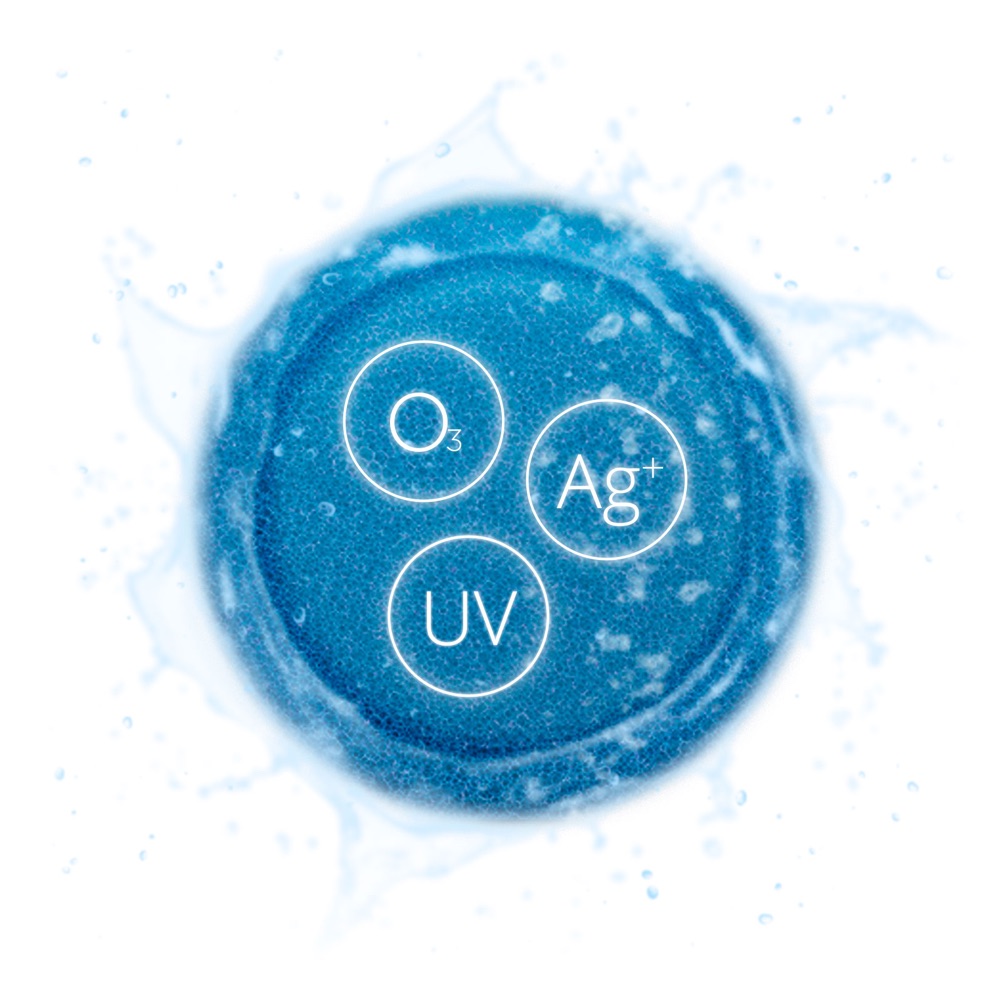
Tomorrow – The future is better than what you imagine
Cleaning and hygiene are topics of primary importance in our daily life , especially when we talk about subjects most at risk.
Furthermore, the need for a global reduction of pollution and packaging waste (PVC) leads to an increasing attention to issues related to environmental impact and sustainability.
Starting today it will no longer be a problem to wash and sanitize the whole family’s clothing , even the most delicate and precious ones, with just one product. Bryzo is the innovative washing system that offers the possibility of having an ecological laundry, without chemical residues, minimizing the environmental impact and the costs in the bill.
Thanks to using Bryzo it is possible to transform a daily gesture into an act of well-being for our family. Washing with bryzo ensures a deeper sanitation of the clothing , a reduction in the wash temperature and a reduced, in case it is necessary, use of chemical products, all contribute to the preservation of our children’s health.
Bryzo’s new washing technology deodorizes fabrics, always giving off the scent of fresh and clean. Active Oxygen acts on low temperatures with an antibacterial action, therefore going beyond the appearance of a simple cleansing, to offer complete and natural hygiene to the most delicate skin.
Thanks to this new washing method, the way of thinking about cleaning changes. Attitudes, purchases and even the same action change, which from cleansing, derived from detergent, regains its primordial meaning of washing.
In short, with a new technology we return to the origins. Why not follow the path of an environmentally sustainable wash with Bryzo , clean and particularly suitable for the most sensitive subjects such as our children.
Active oxygen as a natural defense
The Ministry of Health with protocol of July 31, 1996 No. 24482 recognized the use of active oxygen as a natural aid for the sterilization of environments contaminated by bacteria, viruses, spores, molds and mites.
Across Europe, the use of ozone for food purposes was introduced on May 16 2003 by the directive 2003/40 / EC of the EFSA commission, determining the conditions of the use of air enriched with ozone for the treatment of natural and spring mineral waters .
Tomorrow – The future is better than what you imagine
Cleaning and hygiene are topics of primary importance in our daily life , especially when we talk about subjects most at risk.
Furthermore, the need for a global reduction of pollution and packaging waste (PVC) leads to an increasing attention to issues related to environmental impact and sustainability.
Starting today it will no longer be a problem to wash and sanitize the whole family’s clothing , even the most delicate and precious ones, with just one product. Bryzo is the innovative washing system that offers the possibility of having an ecological laundry, without chemical residues, minimizing the environmental impact and the costs in the bill.
Thanks to using Bryzo it is possible to transform a daily gesture into an act of well-being for our family. Washing with bryzo ensures a deeper sanitation of the clothing , a reduction in the wash temperature and a reduced, in case it is necessary, use of chemical products, all contribute to the preservation of our children’s health.
Bryzo’s new washing technology deodorizes fabrics, always giving off the scent of fresh and clean. Active Oxygen acts on low temperatures with an antibacterial action, therefore going beyond the appearance of a simple cleansing, to offer complete and natural hygiene to the most delicate skin.
Thanks to this new washing method, the way of thinking about cleaning changes. Attitudes, purchases and even the same action change, which from cleansing, derived from detergent, regains its primordial meaning of washing.
In short, with a new technology we return to the origins. Why not follow the path of an environmentally sustainable wash with Bryzo , clean and particularly suitable for the most sensitive subjects such as our children.
Active oxygen as a natural defense
The Ministry of Health with protocol of July 31, 1996 No. 24482 recognized the use of active oxygen as a natural aid for the sterilization of environments contaminated by bacteria, viruses, spores, molds and mites.
Across Europe, the use of ozone for food purposes was introduced on May 16 2003 by the directive 2003/40 / EC of the EFSA commission, determining the conditions of the use of air enriched with ozone for the treatment of natural and spring mineral waters .

THE SKIN
Our skin is naturally porous able to absorb substances externally: the human body can absorb up to 60% of the chemicals with which it comes into contact through the skin . This is how nicotine patches work, or those that release hormones, or even pain relieving patches: in the same way, the chemical residues of detergents can circulate in our body. When we wash the laundry hence, we use different detergent chemicals, consequently the clothes we are going to wear will be loaded with insoluble deposits that attach to the fibers and transfer to the skin.
This is why, putting clothes and objects of various kinds in our mouths, the ones most at risk are infants since they can easily ingest the chemicals that we use for washing .
The mouth, therefore, becomes the main means for impurities and bacteria.
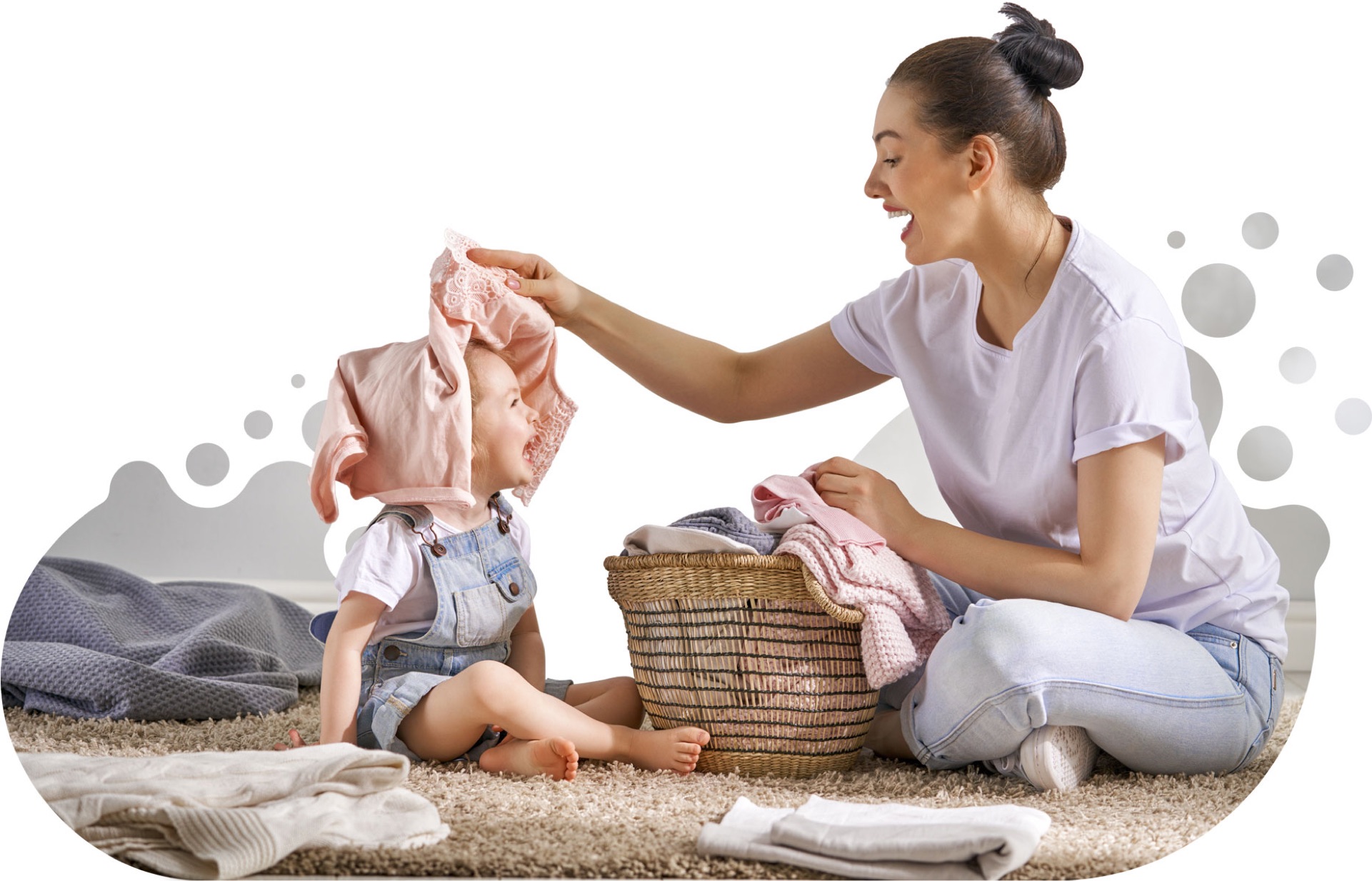
Even though clothes have been washed in the washing machine, this doesn’t mean moreover, that these are really clean and free of bacteria. Disinfecting the infant and child’s laundry is necessary especially in certain daily situations, for example when the child attends gyms or swimming pools, does sports, goes to school and all the places where there is a greater probability of microbial development .
Therefore the actual contamination can take place either directly such as by sucking or ingestion, or indirectly as in the cases described above.
Finally washing with too aggressive chemicals alters the normal microbial flora of the baby’s skin making it less protected and more vulnerable.
Today with Bryzo, it is possible to reduce the use of chemical detergents by 95% eliminating the probability of occurrence in its entirety. In addition, the Active Oxygen, on which its technology is based, after having carried out its action against harmful microorganisms becomes Oxygen again, without leaving any residue on the skin, on the fabrics and in the environment.
Thanks to the exclusive use of natural molecules with high disinfectant power, washing with Bryzo represents an ideal solution for children’s delicate skin.
CLEANING AND DISINFECTION
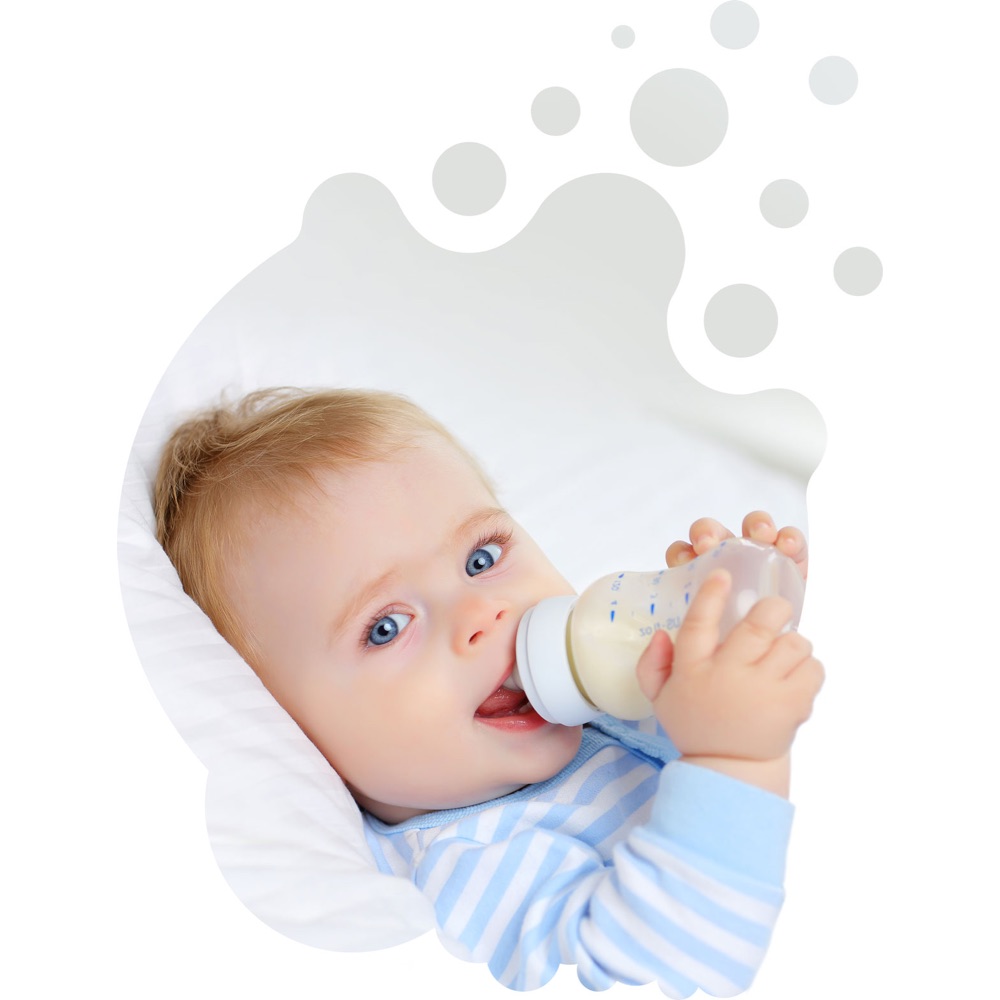
Washing the laundry is not enough. Why?
A clean laundry is not always disinfected and the elimination of stains and streaks of dirt is not always an indication of the absence of germs and bacteria. In fact, these find their ideal habitat in hot and humid environments (such as in the washing machine drum) in which to grow, develop and multiply. Unsanitized linen or clothes represent an ideal soil for bacterial proliferation , whether they are washed or not, endangering our health.
Baby food and fruit stains on bibs and shirts, the dried mud on pants and shorts can also resist the wash in the washing machine and represent the breeding ground for bacteria.
We must always pay close attention to the disinfection of everything with which our children come in close contact, especially if very small (pacifiers, rubber teats, toys …), together with the laundry that is often cleaned with the addition of chemical disinfectants.
There are also microorganisms that perform useful and positive functions for the well-being of the epidermis and which need to maintain the physiological pH acid of the skin. It is therefore necessary to pay particular attention to the best washing of the newborn’s linen while preserving the microorganisms useful for the development of his immune system. Let’s not forget that:
- The excessive and often not indispensable use of detergents containing aggressive chemicals tends to modify the normal microbial flora, making the skin less protected and more vulnerable to infections.
- Excessive disinfection of the linen can even be counterproductive especially if product residues remain on the clothes and through these they come into contact with our skin.
- Always act with common sense using natural products and perfume free, such as Marseille soap or valid ecological alternatives.
- It is not necessary to add fabric softener because it overloads the fabrics with chemicals.
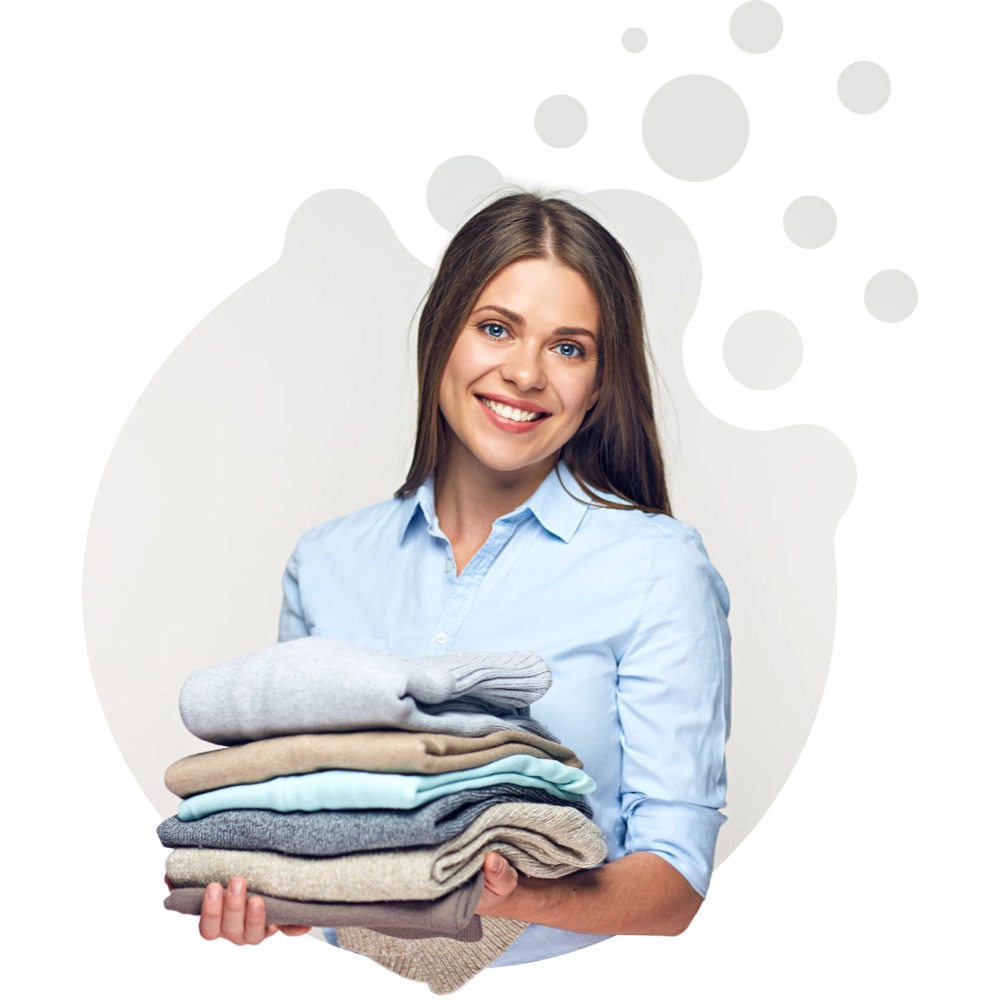
We should consider finally that if in the same washing machine we performed shortly before another load with adult clothes, rugs, tablecloths or blankets, these may have released bacteria into the drum that can be transferred to the next laundry load.
Let’s remember before washing the laundry in the washing machine, not to mix the baby’s linen with that of the rest of the family . In addition, it is advisable to carry out a rinsing sanitizing cycle before loading again, since this is where most of the pathogenic microorganisms start to develop.
This problem with Bryzo is definitively resolved as each washing is completely disinfected and nothing remains of the previous cycle, for total child-proof sanitation.
BAD SMELLS? NO THANKS!
A problem that recurs very often after doing the laundry is the presence of bad odors, even if we use chemical deodorants dangerous for the health of our children.
The scents that are added to the detergent do not actually give the laundry a natural scent and vanish as soon as we put on the clothes. These fragrant substances hide odors but do not eliminate them and above all have irritating effects on the skin and mucous membranes.
The bad smell of the laundry after having done the washing can be due to the presence of humidity or even worse to the forming of mold which gives that typical smell of stale water which is difficult to eliminate with traditional methods.
To prevent the forming of mold and bad odors in the washing machine , chlorine-based products, such as bleach, are often added to the washing cycle, which in reality do not fully meet the needs of the final consumer as they release an intense odor in addition to chemical residues . Strong fragrances are known as endocrine disruptors (for example the thyroid) and the subjects most exposed to the risk are especially children.

The hygiene of the towels goes well beyond just cleansing.
Towels, in particular, are part of our daily personal hygiene and are, above all the ones used for the face, and the most common means of contamination since bacteria is found in the humidity of the towel just used, the ideal condition to survive and multiply.
Another problem that often recurs is the bad smell of used and wet towels that remain scattered in the bathroom. The stench is often caused by mold that permeates in the fibers after use and, moreover, is not easy to eliminate. In addition, some bacteria, such as that of Salmonella or Coliforms, are able to survive any cycle whether at medium and low temperatures.
Some precautions can be taken to prevent the forming of humidity:
- Hang the towels and kitchen towels after use to dry.
- Once washing is complete, do not leave the laundry inside the washing machine.
- Try to hang your laundry in the sun or in the open air.
The most authentic perfume is that of clean
Today with Bryzo we can carry out an effective washing, in a short time and at low cost, as it used to be. In a completely natural way, it cleans, disinfects and deodorizes your children’s laundry, guaranteeing a natural clean scent that lasts for a long time.
